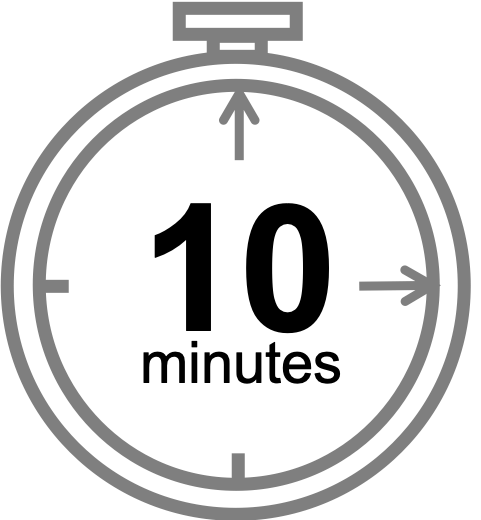You'll love this place - it's got great atmosphere
The atmosphere isn't just a uniform layer of static air surrounding our planet. It's a complex and dynamic system that's wildly different from top to bottom. The atmosphere is incredibly thin--about 60 miles thick--but most of the mass of the atmosphere (~78% nitrogen, 21% oxygen, and small amounts of other gases) is in the bottom layer extending from Earth's surface 6 miles up! This layer is known as the troposphere, and is the layer we (fortunately) exist in. The troposphere is a cool place - well, warm at the bottom and cooler near the top. It is where most kinds of clouds exist and almost all of Earth's weather occurs. Airplanes fly right at the upper boundary of the troposphere as to be above all of the weather that could result in an undesirably bumpy ride.
 Quick Bite: Alien Atmospheres
Quick Bite: Alien Atmospheres
Do other planets in our solar system have atmospheres? If so, how to they compare to Earth's? Check out the table below, which lists various objects in our solar system and the composition of their atmospheres (it does not list the total mass of each object's atmosphere, which varies widely - find that information here). Pick an object other than Earth, and describe how the composition of its atmosphere compares to Earth's. Is it similar or different? Why do you think this is? If life existed on this object, how do you think it would be similar or different to life on Earth? Image of Jupiter: NASA, ESA, M. Wong, H.B. Hammel, Jupiter Impact Team
Objects in our solar system and the composition of their atmospheres:
(adapted from NASA Space Math)
| Object | Carbon dioxide | Nitrogen | Oxygen | Argon | Methane | Sodium | Hydrogen | Helium | Other |
| Sun | 71% | 26% | 3% | ||||||
| Mercury | 42% | 22% | 22% | 6% | 8% | ||||
| Venus | 96% | 4% | |||||||
| Earth | 78% | 21% | 1% | <1% | |||||
| Moon | 70% | 1% | 29% | ||||||
| Mars | 95% | 2.7% | 1.6% | 0.7% | |||||
| Jupiter | 89.8% | 10.2% | |||||||
| Saturn | 96.3% | 3.2% | 0.5% | ||||||
| Uranus | 2.3% | 82.5% | 15.2% | ||||||
| Neptune | 1.0% | 80% | 19% | ||||||
| Pluto | 8% | 90% | 2% |